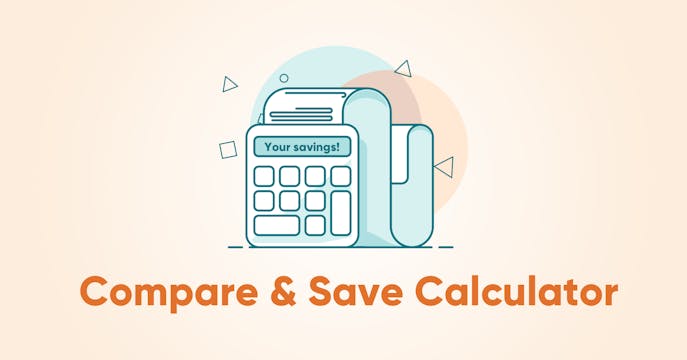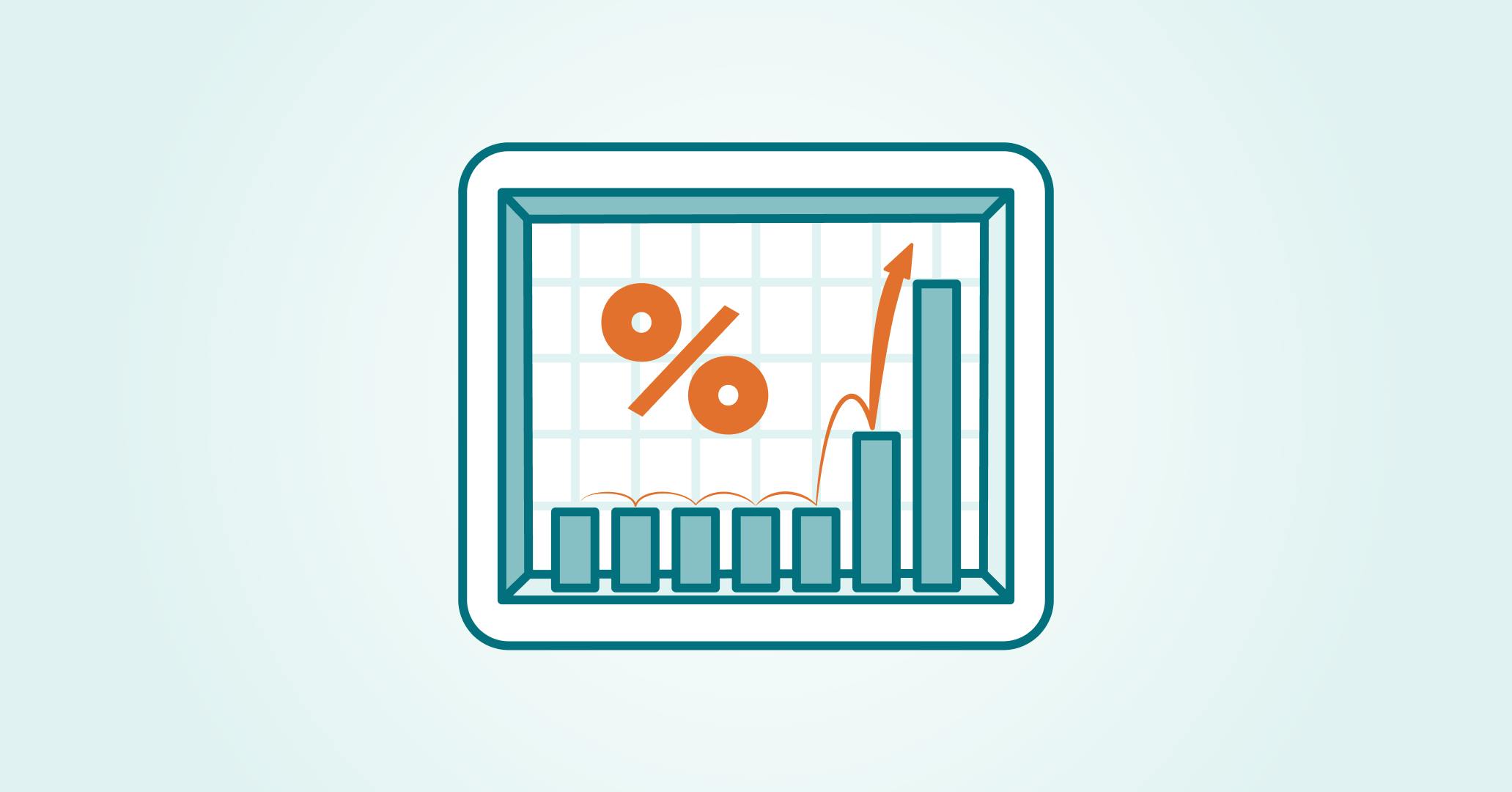Bank of Canada does a double take.
The central bank posts its first double increase since May 2000.
Assuming the big banks will follow, your variable rate just went up by 0.50%.
Seeing double? Here's what this increase means for you.
Today, the Bank of Canada (BoC) raised its policy interest rate by 0.50%, instead of the typical 0.25% notch up — the first double-sized increase in 22 years (insert pause here, to take that in).
It's also the second time this year the central bank has upped its benchmark for variable rate products. So when you think about it, that's a lot of 2's, all at once.
But, this sizeable hike is considered by many experts to be long overdue. They're looking for rates to come up from historical lows to help tame higher home prices and surging inflation affecting everything from new home builds to home buyer purchasing power.
How does this rate hike affect you?
If you have a variable rate mortgage or a Home Equity Line of Credit (HELOC), your rate will go up, as lenders are also likely to raise their prime rates in response. If you hold one of these mortgage or loan products, the amount you pay in monthly interest will increase, likely affecting your payments.
Depending on the size of your mortgage, you've already absorbed the March hike (the first 0.25% increase). So including this double-hit, you're now budgeting for that amount, tripled, since the start of 2022. For example, on a $475,000 mortgage, if you happened to qualify for our lowest rate when it was 0.99%, your rate will now be 1.74%, which means an extra $170 per month to soak up.
Do you have questions about this rate change, or would like to explore early renewal options to protect against future increases? Give us a shout, we're standing by to help.
Variable rates are still low, even if it might not feel that way.
Pre-pandemic, the benchmark rate was 1.75%. For the last couple of years, the prime benchmark rate sat at a record low of 0.25% (until the first increase the previous month). Now, at 1.0%, variable rates are still considered low. The last time it was at this level was January 2018, and in fact, the benchmark rate has hovered more or less around the 1.0% mark for the previous 10 years.
More increases are likely on the way this year, and we're coming up from the bottom — but you'll need to brace for more (widely) anticipated rate hikes before the year is out.
Despite these latest increases, keep in mind that we are coming up from the bottom, which realistically couldn't last. And there's still a wide rate spread between variable and fixed rates, which has led more clients than usual to choose a variable over a fixed-rate mortgage over the past few months. Will this trend continue? Learn more about how rates are set here.
Get peace of mind with your best rate.
If you're buying your first home, your next home, or would like to refinance or renew — give us a shout for real answers and targeted advice to save as much as you can on interest rates.
Through us, you'll get your absolute best rate, with a better mortgage product that fits you. During times of rate increases, it helps to know that you have an expert True North Mortgage broker in your corner — who is all about you, not the lender.
Have mortgage questions? We love helping out.
We have your best rate, always

Proof that our rates are lower.
Our rates are 0.18% lower on average compared to everyone else. Prove it? Okay!
Learn More
Compare & Save Calculator
See for yourself how much you can save with our lower rates.
Learn More
5-Star Reviews
We care, and it shows — we now have over 15,000 5-star client reviews.
Learn More
